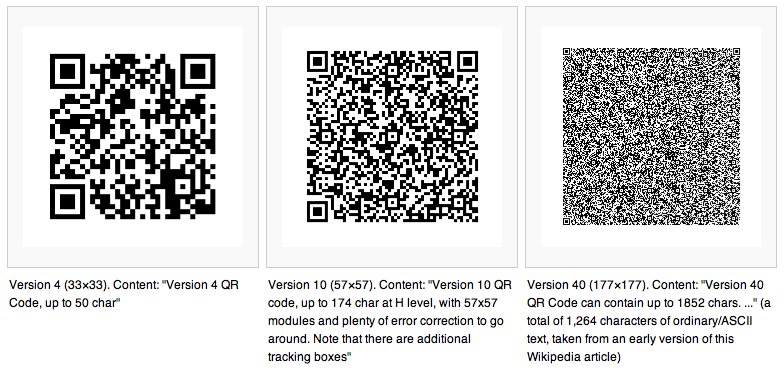Matt asks “does anyone actually use QR codes either as a promotional tool or as a consumer entering a competition etc?”

QR Codes are a 2 dimensional bardcode, where a regular barcode store data across 1 dimensional (essentially). They were invented in 1994 by a manufacturing company working for Toyota as a way to rapid scan cars along the assembly line. They’ve since become the most popular 2 dimensional barcode, and if the standard UPC bardcode’s lifetime of over 40 years is anything to go by, they could be around for a while.
But there is some apprehension about QR codes growing popularity and whether they are going to be a mainstream technology, used by consumers with smartphones or just “barcodes 2.0” (yawn).
So, here are some stats about the current state of play from a European study :
- Of the 14 million mobile phone users who scanned QR codes in June 2011, a full 60 percent were male.
- Most QR code-scanning consumers are between the ages of 18 and 34
- Around a third of QR code using consumers are in households making $100,000 or more per year.
- Gender is split roughly 60% male, 40% female
- Almost half of all QR code scans originated with printed magazines and newspapers.
- QR company Jumpscan estimates a 1200% increase in QR code scanning during the last six months of 2010.
Most of these impressive stats are from QR marketing companies though. If you ask people on the street though, the response is lukewarm at best.
It’s also important to remember that while marketers are quick to embrace the QR gimmick, there has been no concerted push from mobile hardware or software providers. Most mobile operating systems require the user to install a QR scanner separately. Capturing a code on your phone is somewhat clunky, and awkward.
Mark Millan from Business Week correctly observes in his article “QR Fatigue” that while “QR codes are increasingly used for smartphone ticketing and other purposes, … they’ve been largely ineffective as advertising tools.”
I tend to agree.
QR Codes continue to evolve and the most recent generations have pixels that a very very small. They will be able to encode more information, so they will become more useful. When this happens and QR codes can store a a significant amount of data, like a photo or a sound file, then marketers will have a second bite of the QR golden goose. Until then, QR Code’s potential are for itemisation, ticketing and other more traditional barcode uses.

1 Comment.
http://www.youtube.com/watch?v=f3qv2dSXQXk